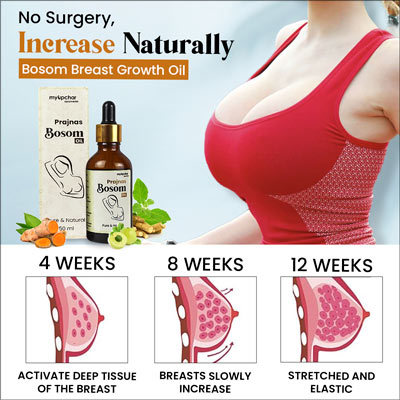Here is what to expect when you go in to hear your baby's heartbeat: your doctor will use a handheld doppler device or a Pinard stethoscope to find the baby's heartbeat. Next, he or she will do some calculations to determine the heartbeat and heart rhythm of your baby.
If you are hearing the heartbeat within the first eight weeks of pregnancy, the normal range to expect is 90-110 bpm. The baby’s heart rate goes up to 140-170 bpm for a short period between the ninth and 10th week of pregnancy. For the rest of the pregnancy, the accepted safe range for foetal heart rate is 110-160 bpm.
Listening to the baby's heartbeat isn't always easy. Sometimes, in the early weeks, doctors have difficulty finding the heartbeat. This could be because of the position of the baby, or because the mom-to-be is overweight or she has an anteverted uterus (a uterus that is naturally bent forward towards the tummy and over the cervix). All of these are normal conditions and don't yet signal a problem—your doctor will advise you on when to return to try and hear the foetal heartbeat again.
During pregnancy, foetal heartbeat and rhythm can help to assess if the baby has a health problem such as congenital heart disease. During labour and delivery, foetal heart rate can alert doctors if the baby is in some kind of distress; for example, inadequate oxygen supply.
The foetal rate slows down from about 170bpm at week 10 to about 130 bpm towards the end of the third trimester—this is normal. That said, some things that doctors keep an eye out for are:
| Condition |
Heart rate |
| Foetal bradycardia |
Less than 100 bpm at 6.3 weeks or
Less than 120 bpm between 6.3 and seven weeks of gestation
|
| Foetal tachycardia |
Over 160-180 bpm, with 170 bpm seen as borderline tachycardia or fast heartbeat |
| Foetal tachyarrhythmia |
Fast and irregular heartbeat |
| Sinusoidal pattern |
Fluctuations in the heartbeat at the rate of 5-15 bpm, three to five cycles per minute, for over 30 minutes, and without accelerations |
Foetal tachycardia (heartbeat over 160 bpm for 10 minutes or more) can manifest as supraventricular tachycardia, among other conditions. This is a risk factor for hydrops fetalis or swelling (oedema) in the foetus that can be life-threatening.
Foetal tachyarrhythmia or fast and irregular heartbeat can manifest as atrial flutter, among other conditions. Foetal atrial flutter can increase the risk of premature birth and foetal death.
That said, foetal heart rhythm issues affect less than 2% of pregnancies, according to research published in the peer-reviewed journal Heart.
During pregnancy
There is some disagreement among experts about the lower normal limit of heart rate and rhythm in a foetus, but the widely accepted norm is 110-160 beats per minute.
If your doctor detects heartbeat under 110 beats per minute or over 180 beats per minute or consistently irregular cardiac rhythm, he/she may recommend a foetal echocardiogram to rule out heart problems.
During labour
During labour, the baby's heartbeat can change and give indications of how the baby is feeling. For example, the baby's heart rate may slow down very briefly during contractions—this is normal so long as the baby recovers quickly. A decrease in foetal heart rate during labour over a prolonged period—over 3 minutes or 5 minutes—could be cause for concern. On the other hand, a small and abrupt "acceleration" in the heartbeat—lasting a few seconds but never beyond 10 minutes—is nothing to worry about labour; indeed the FIGO sees it as a good sign that there is no hypoxia or acidosis.




























